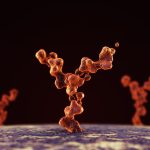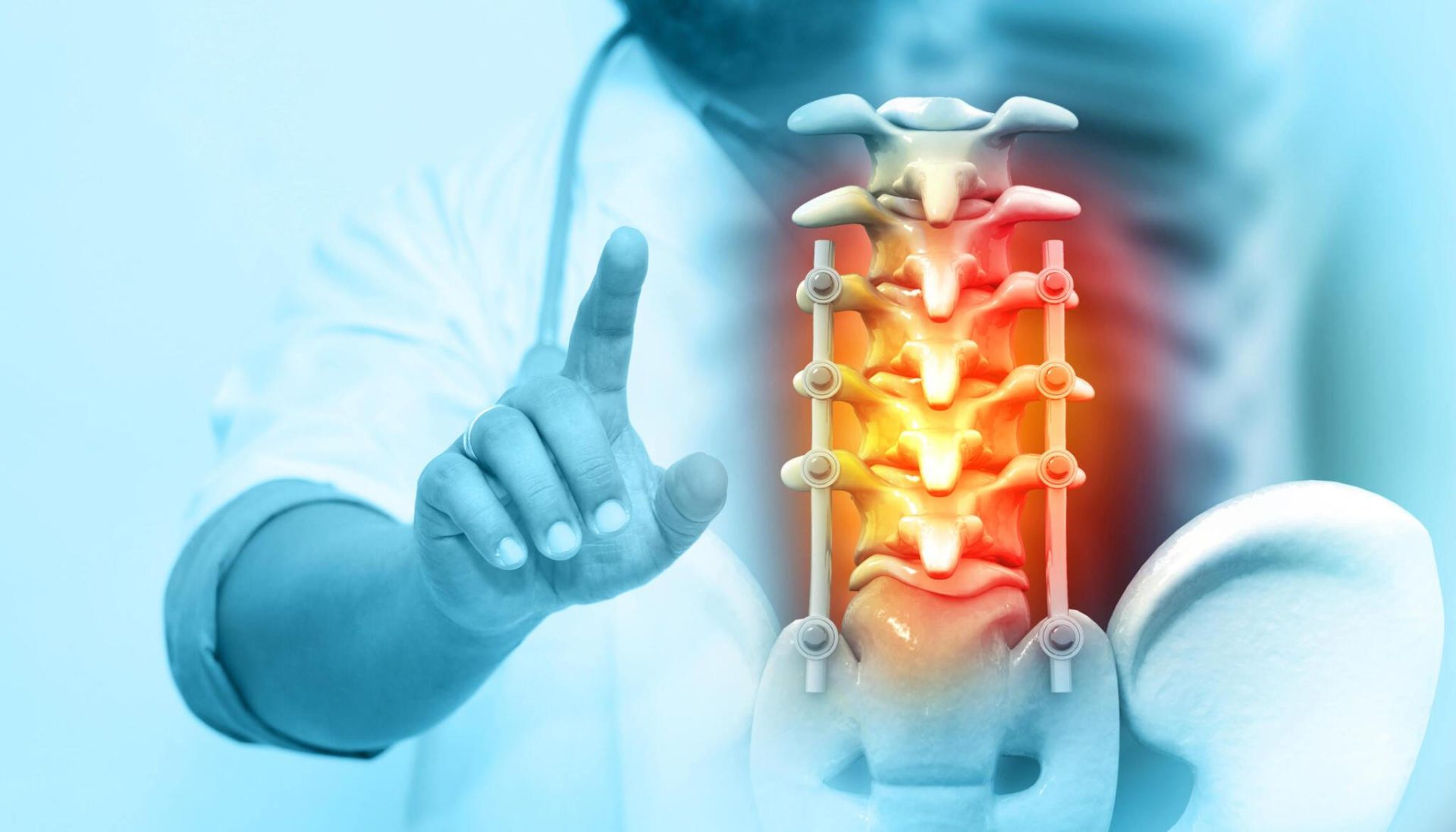- Home
- About Us
- Book Appointment
- Treatments
- Alzheimer’s Disease
- Anti-Aging
- Autism
- Autoimmune Disorders
- Back Pain
- COPD
- Crohns Disease And Ulcerative Colitis
- Erectile dysfunction and Penis enlargement
- Fibromyalgia
- Hip Pain
- Knee Pain
- Lupus
- Lyme Disease
- Multiple Sclerosis
- Muscular dystrophy
- Parkinsons Disease
- Peripheral And Diabetic Neuropathy
- Post Cancer Treatments
- Post Stroke Recovery
- Psoriasis
- Rheumatoid Arthritis
- Shoulder Pain
- Join The Club
- Aesthetics
- Blog
- Contact Us
Stem cell therapy is a regenerative medicine approach for chronic pain management, offering long-lasting relief to individuals. Stem cells are versatile and reparative cells used as a promising alternative to conventional pain relief medications. After years of medical research and clinical studies, doctors and scientists believe that stem cell therapy will be a pathbreaking solution to alleviate pain associated with various conditions such as Arthritis, connective tissue injuries, joint pain, degenerative disc diseases, neuropathy pain, and others.
So, how exactly does stem cell therapy help in chronic pain management? This article highlights stem cells’ remarkable properties and benefits in reducing pain and inflammation and improving function. With regenerative capabilities, stem cells repair or replace inflamed tissues and promote healing.
Understanding The Basics Of Stem Cell Therapy For Pain Relief
Stem cells revolutionize pain management with their regenerative treatment approach. They address the root cause of the pain and offer long-lasting relief to individuals suffering from chronic painful conditions, unlike traditional treatment methods that provide temporary pain relief and also have side effects.
Cell-based therapy is a novel approach to treating chronic pain by replacing and repairing injured cells. Critical advances in stem cell research acknowledge the therapeutic potential of stem cells in easing pain caused by degenerative joint disease, neuropathy, abnormal bone decay or formation, hyperactive immune responses, etc.
Stem cell therapy using mesenchymal stem cells has shown promising results in stimulating tissue repair and reducing inflammation. Chronic pain management now seems possible with this cutting-edge medical advancement, offering hope to millions of sufferers worldwide. Once they enter the body, stem cells boost the body’s natural healing capabilities and support tissue repair and formation.
Read Also: Healing Power Of Stem Cell Therapy: A Comprehensive Guide
The Stem Cell Therapy Procedure For Chronic Pain Management
Mesenchymal stem cells (MSCs) are adult cells that are unspecialized but hold the potential to differentiate and multiply into more than 200 cell types. Their cell differentiation capability makes them ideal candidates for therapeutic applications, capable of treating various medical conditions. The stem cell treatment process for chronic pain relief and management typically involves the following steps.
- MSCs Harvesting – Acquiring stem cells is the first step before proceeding with the treatment. MSCs can be extracted from various tissues, such as the umbilical cord, bone marrow, adipose tissue, hip bone, etc. Amongst all these sources, umbilical cord tissue (Wharton’s Jelly) is most preferred because of its pluripotent nature, abundant supply, and ease of collection. They are processed in the laboratory to extract, isolate, and concentrate MSCs to treat chronic pain further.
- Cell Processing – After MSCs harvesting, the cells are processed by separating the extracted material and purifying them through filtration and centrifugation to increase their effectiveness in treatment.
- Injection Preparation – The isolated and purified concentrated cells are prepared for final injections by mixing them with an appropriate carrier solution such as saline or Platelet-rich Plasma (PRP).
- MSCs Administration – The prepared stem cell doses are injected into the affected areas such as the damaged knee joint, shoulder, back, degenerative discs, injured tissues, etc. Sometimes, healthcare providers may use ultrasound or other imaging techniques to ensure the accuracy of the placement of stem cells in the injured areas.
- Pain Management – Healing and regeneration of injured cells starts within a few weeks of receiving stem cells. The newly introduced stem cells stimulate tissue repair, reduce inflammation, and restore functions in the affected areas.
- Post-treatment Care – Stem cell therapy clinics provide post-treatment care instructions to the patients receiving stem cells, such as limited mobility and no alcohol or smoking for a specified period. Following them ensures the maximum effectiveness of the therapy. Also, follow-up sessions are held regularly to monitor the patient’s progress and assess the improvement in their condition.
Benefits of Stem Cell Therapy For Pain Relief and Management
Pain management has always been a challenge for people, which is why medical researchers focus on rigorous studies on the advantages and effectiveness of stem cells. Notably, in the quest for reliable treatment options for lasting relief from pain, attention was paid to mesenchymal stem cells for their unique regenerative properties.
Stem cell-based offer manifold therapeutic benefits that aid in pain and inflammation reduction.
- Anti-inflammatory properties – The primary cause of chronic pain stems from inflamed tissues in the joints, such as back, shoulder, hip, or knee pain. Administering stem cells in the affected joints or tissues alleviates pain by reducing inflammation. Stem cells release growth factors and cytokines that suppress inflammation by downregulating proinflammatory factors.
- Immune modulation – Stem cells possess immunomodulatory properties that regulate immune responses via immune cell interactions like T cells, B cells, monocytes, etc. They modulate the immune response through paracrine activities and cell-to-cell contacts.
- Tissue regeneration – Another crucial advantage of cell-based therapies is their power to promote tissue regeneration. They differentiate into any cell type, including muscle, bone, tendon, and cartilage cells, and replace the damaged tissues to enhance mobility and function.
- New tissue growth – Mesenchymal stem cells have an exceptional ability to support the development of new specialized tissues for performing specific functions. After entering the affected area, the stem cells release paracrine and growth factors, such as chemokines, cytokines, etc., to accelerate the repair process and promote the development of new tissues.
- Minimal recovery time – Most patients receiving stem cell therapy start feeling better and experience improvement in their conditions within a few weeks of stem cell therapy. They can typically return to work and resume daily activities after a few days.
- Safe treatment option – Stem cell therapy is generally considered safe and reliable with no potential side effects. It can bring permanent and positive health outcomes in patients with long-term relief from chronic pain.
- Treat various pain conditions – Mesenchymal stem cells effectively treat many conditions involving pain and inflammation, such as Rheumatoid Arthritis, neuropathic pain, degenerative joint disease, spinal cord injuries, etc.
Read Also: Can Stem Cell Therapy Provide Relief From Chronic Knee Pain?
Stem Cell Therapy Applications For Relieving Pain
Debilitating pain affects the daily lives of millions of people worldwide, impacting their physical activities and quality of life. Stem cell treatment offers longer-lasting results for pain-related medical conditions by addressing the underlying source of pain and promoting healthy cell regeneration. The conditions that stem cell therapy can treat are –
Arthritis
Mesenchymal stem cells utilize the regenerative power to repair damaged cartilages and stimulate tissue regeneration. Cell-based therapy is effective for treating various types of Arthritis, including Rheumatoid arthritis and Osteoarthritis. Studies demonstrate that MSCs lower inflammation in arthritis-affected joints and improve symptoms, such as alleviating pain, increasing mobility, and restoring joint function.
Neuropathic Pain
Neuropathic pain occurs when the nervous system gets damaged due to nerve injuries, complex regional pain syndrome, or diabetic neuropathy. Investigations and studies on stem cell properties indicate that they can potentially suppress inflammation and heal damaged nerves, showing positive health outcomes in patients.
Degenerative Disc Disease
Degenerative disc disease is a debilitating condition caused when the spinal discs or intervertebral discs wear down. Clinical trials and research show that stem cell treatment can be a reliable solution for degenerative disc diseases. It is a less invasive yet promising alternative to surgery, showing significant reduction in pain and enhancement in function.
Orthopedic Injuries
Stem cell therapy is also effective in repairing tissue damage and reducing inflammation caused by accidents, sports injuries, chronic pain syndromes, etc. After administration, the cells activate their innate healing and regenerative capabilities to provide relief and aid in pain management.
Stem Cell Therapy Cost For Pain Relief Treatment
Several factors influence the overall cost of stem cell therapy. These include –
- Condition to be treated – The severity of the disease, stem cell therapy procedure, and doses determine the cost.
- Patient’s physical status – The patient’s age and current physical condition are considered when determining the stem cell doses, which also impacts the cost.
- Location – The location of the stem cell treatment institutes is a significant factor for cost determination as several countries offer stem cell therapies at lower costs than others. For example, stem cell therapy cost in Mexico is quite affordable, making it a popular destination for many patients.
Stem Cell Therapy Success Rates
After years of research and trials on animal and human models, researchers consider stem cell-based therapy an effective treatment option for pain management. Various reports and surveys on patients undergoing MSC treatment have shown significant pain reduction and improvement in overall physical health.
However, patients must understand that stem cell therapy is a process that takes time to show results. It requires time to start the self-healing process and produce healthy cells. Also, every human body is different and may respond to the treatment differently. Some may experience positive outcomes within a few weeks, while others may take longer to show improvements.
Read Also: Effectiveness and Safety Of Stem Cell Therapy For Arthritis
Role of Life Altering Stem Cell Therapy Institute In Promoting High-quality Stem Cell Therapy
Life Altering Stem Cell Therapy Institute has established itself as one of the promising destinations for stem cell therapy in Mexico due to its robust healthcare system and continued commitment to safe, transparent, and reliable treatment protocols. Our health advocates, stem cell specialists, patient coordinators, and everyone else working with the medical team ensure that our stem cell center in Mexico adheres to the treatment quality standards, providing complete safety and efficacy in patients.
Wrapping Up
Dealing with chronic pain is quite challenging as traditional pain management methods offer only temporary relief by masking the symptoms. Contrary to this, stem cell therapy is a groundbreaking treatment approach that provides patients with long-term results by targeting the underlying causes of the pain. While conventional therapies focus on mitigating pain, mesenchymal stem cells repair damaged tissues and stimulate natural healing through tissue regeneration.
However, stem cell biology is still emerging, requiring more research and clinical trials to establish safety, efficacy, and other potential medical applications.





